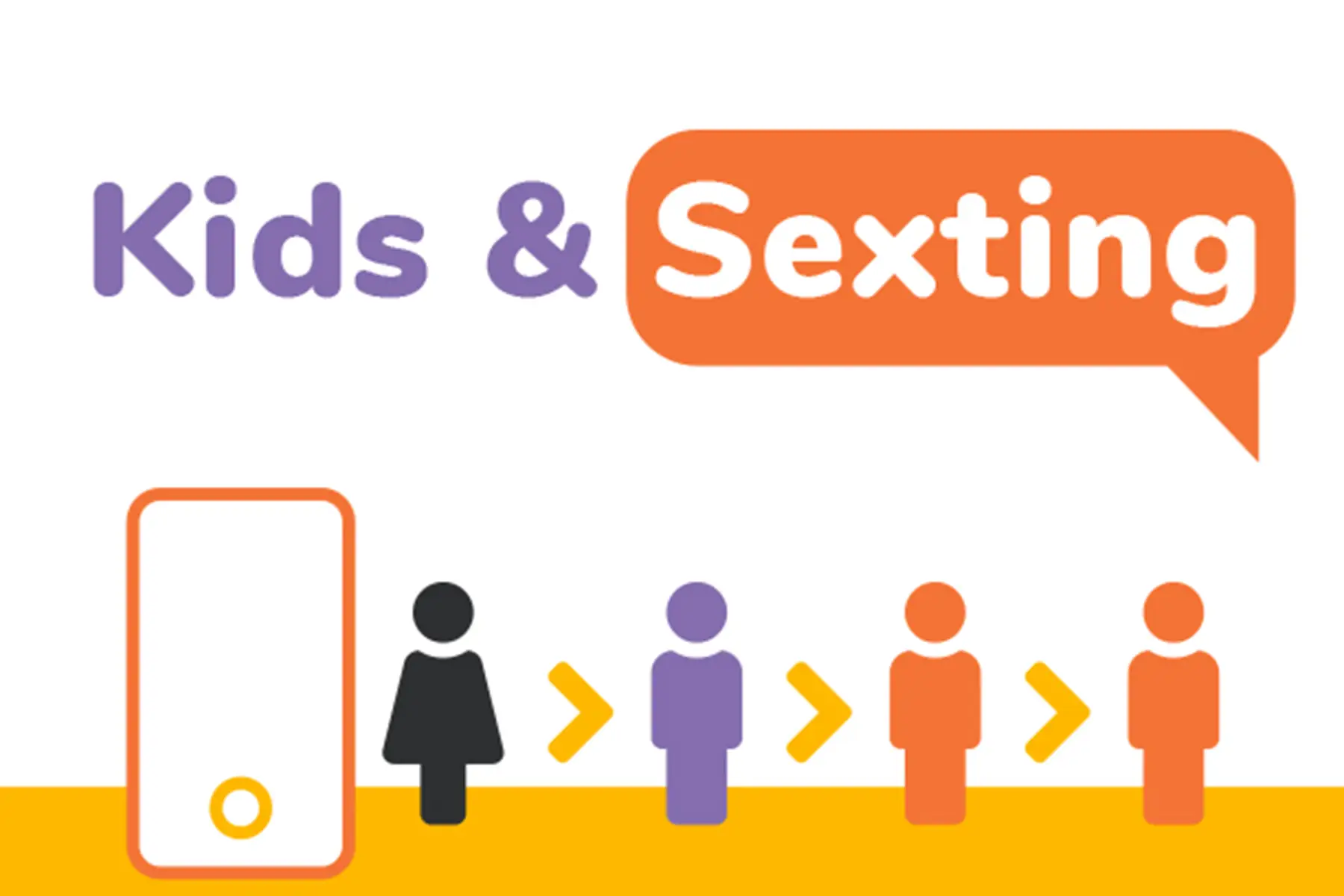If you’ve ever received an unsolicited sexual message or image, you know how traumatizing it can be. If these inappropriate messages affect adults in such a dramatic way, just imagine how they affect kids. Our kids face several dangers online, one of which is sexting. For many in today’s world, sexting is old news. Beginning with the first cell phones, sexting quickly gained traction, but sexting today has been taken to a different level. So what is sexting and why is it dangerous?
What is Sexting and Why is it Dangerous: What Parents Should Know
Sexting is sending or receiving sexually suggestive or explicit images, messages, or videos through texting or the Internet. A study by the Jama Network shows that as of 2018 14.8% of youth between ages 12 and 17 were sending sexts and 27.4% were receiving them. Sexting became increasingly popular among teens when the first iPhone hit the market in 2007 and has been on the rise ever since.
Today there are countless apps that make sexting easy. Some of the top apps used for sexting are SnapChat, Tinder, iMessage, Wickr, Facebook, Instagram, and WhatsApp. Many of these apps have private features that keep messages from being stored, which makes sexting seem less risky than it formerly was.
What Are the Effects of Sexting for Teens
Kids participate in sexting for various reasons. They might feel pressured into sending sexually explicit photos to their peers or they may want to share something intimate with a significant other. But rarely do these youth understand the potential risks of sexting.
“Private” Photos Don’t Stay Private
Once a child sends a photo of themselves, they lose control of what happens with that photo. Kids and teens might use these photos to blackmail or bully their peers, causing immense emotional trauma and making it difficult for victims to reach out for help.
Several states have their own laws about sexting, but nearly half consider sexting a violation of child pornography laws. If any party involved sends or receives a sexually explicit photo of a minor—even if it’s a picture of themselves—they could be charged for possession of illegal pornography.
There are several steps you can take to prevent your children from sending or receiving graphic images:
Remove the Ability to Delete Images from Your Child’s Phone
Get your child a phone that allows you to remove their ability to delete text messages and call history. These parental features will help you determine if your child is involved in sexting. With Troomi, you can also monitor your child’s text messages to ensure that they aren’t sending or receiving inappropriate content. And be sure to check out Troomi for even more features that keep your kids safe.
Social media can be fun, but unfortunately it’s often used for more sinister purposes. Educate yourself and your child about when and if your child should have social media. If your child already has social media, teach them how to use it appropriately. Look into what settings are on your child’s phone. Lots of parental controls completely block social media; doing this can reduce the risk of your child sending or receiving sexually explicit content through platforms such as SnapChat, however it isn’t a solve-all. By teaching your kids how to use social media wisely, you give them the tools they need to stay safe even when you aren’t there to protect them online.
Talk About What Sexting Is and Why It’s Dangerous
Perhaps the most important part of keeping your kids safe from sexting is being understanding encouraging open conversation. Let your children know that it’s normal to be curious, but be sure to help them understand the dangers of sexting. If your child sees the potential risks of sending and receiving sexual images or messages, they might think twice the next time they are tempted or pressured to participate in sexting.
No matter their age, every child has the potential to become a victim of sexting. Thankfully, you can help your child know what to do if they ever face sexting. So start educating your kids now and give them tools they need to be safe and responsible online!
View the full infographic here


